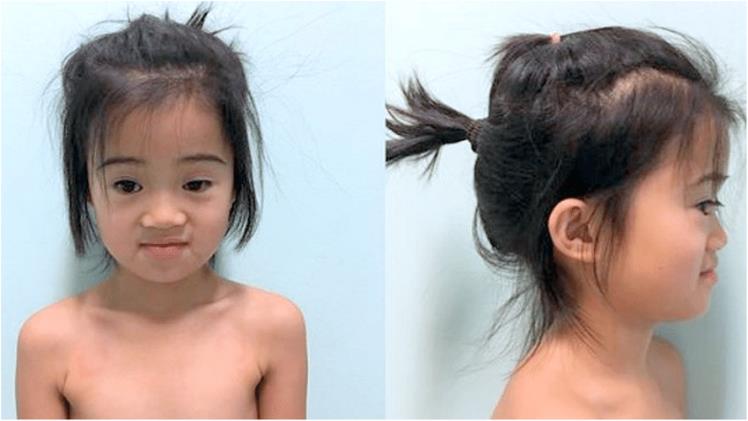Despite the wide variety of treatments available for midface hypoplasia, no single surgical procedure has been proven to be completely effective. Orthopaedic approaches to midfacial hypoplasia usually involve the use of bone-borne anchorage and maxillary protraction, with the latter having the advantage of minimizing unwanted dentoalveolar effects while maximizing skeletal effects. This study focused on the analysis of computed tomogram images in patients with midfacial hypoplasia who underwent CLP. The maxillary tuberosity and circummaxillary sutures were also studied.
Unlike other facial hypoplasia, midface hypoplasia is a developmental anomaly in which the nasal bone and the cheekbones have not grown in proportion to the rest of the face. This causes the eyes to appear large, and the upper teeth do not meet the lower teeth properly. In severe cases, the lower jaw can protrude. Severe cases may also result in sleep apnea.
Midface hypoplasia is usually associated with vascular calcification, but a genetic mutation in the AMMECR1 gene has been linked to the condition. The gene for AMMECR1 is found on chromosome Xq23. While there are a few cases in which vascular calcification is present, most patients do not have this phenotypic trait. As such, these two conditions are not necessarily related.
The bones of the midface are part of the skeleton, and are important for the growth of the cranial base. Growth modeling of the skeletal system is essential for normal midface development. However, it can be disrupted by genetic and environmental factors, and acquired injuries during early life may lead to midfacial hypoplasia. Therefore, it is important to understand the genetics and developmental conditions associated with midface hypoplasia to ensure a successful treatment.

